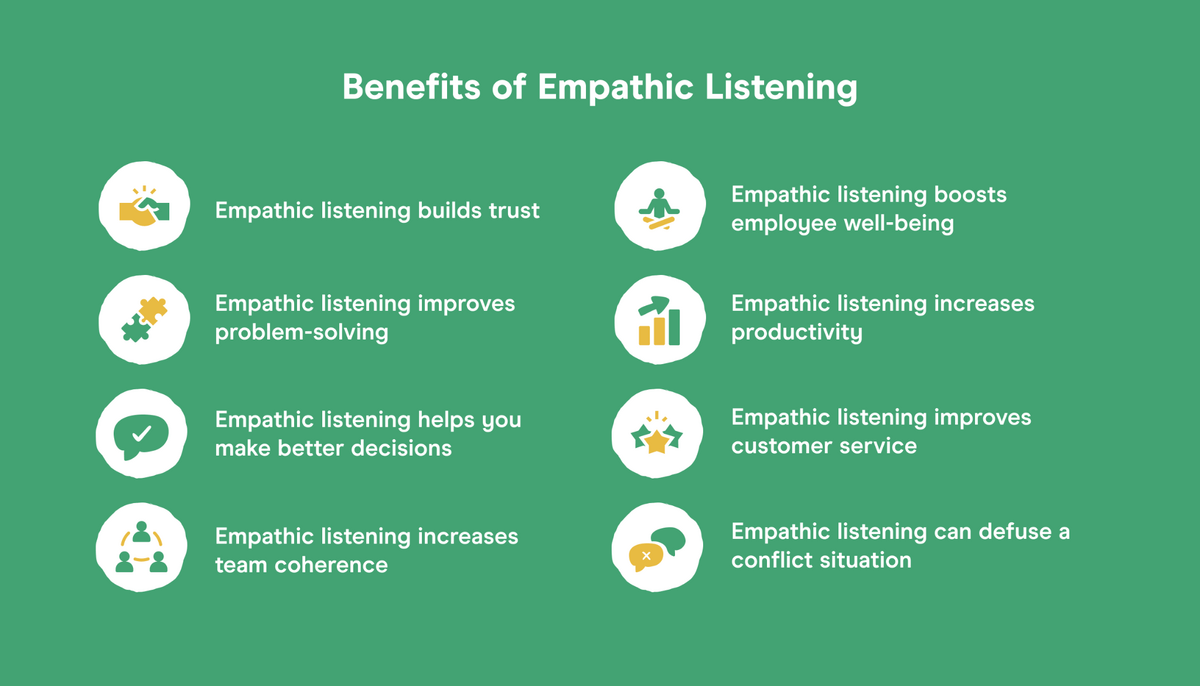Workplace conflicts are much more common than one might initially think. And, as a central site for discussion and communication, office meetings are prime spots for conflict between employees. In fact, around 85% of employees experience some form of conflict at work, the vast majority of those doing so within meetings. In order to provide space for better communication and improved workplace politics, businesses need to understand how to handle conflicts during office meetings.
Conflict can arise for any number of reasons. Especially in the workplace, where employees are spending large amounts of time around one another, conflict can occur easily. That said, there are methods that your business can use to construct a more positive workplace environment. When employees feel less stressed and more comfortable at work, they’re more likely to fall into more pleasant habits.
Here are our top tips on how to handle conflict during office meetings:
- Active Listening and Empathy
- Ground Rules and Meeting Norms
- Meditation and Facilitation
- Emotional Intelligence and De-escalation
- Post-Meeting Follow-Up
Let’s break down these five strategies, allowing you to create a more stable working environment.
Active Listening and Empathy
One of the common causes of conflict in meetings is when an employee doesn’t feel heard. This could occur if they don’t have the chance to speak, but is more likely to happen if they feel like their coworkers aren’t actually listening to what they’re saying.
In order to create a more effective meeting dynamic, your business should ensure that meeting attendees participate in active listening. Active listening is where you engage with what’s being said, directly addressing and understanding the ideas that people are bringing up. As a manager, by responding to specific information after someone has stopped speaking, you can show that you’ve been listening attentively.
In meetings, try to inspire employees to focus on active and empathetic listening. Not only will this ensure there is less conflict in your meetings, but this active approach will boost meeting productivity for all.
Establishing Ground Rules and Meeting Norms
Every business will have a set of spoken or unspoken ground rules that they use in their meetings. Some will take this to an extreme, requiring every meeting to have a specific agenda, attendance list, and meeting note summaries. Others will take a more holistic approach, expecting their employees to treat all others with respect and kindness.
No matter where you fall on this spectrum, it’s a good idea to clearly write up and distribute some ground rules. These rules allow you to create an expected code that all of your employees will then carry out. With these in place, employees will have a better idea of how they’re expected to behave in meetings.
By establishing norms for your meetings, everyone goes in knowing exactly what to expect. With this, you’ll find higher levels of patience, active listening, and respect – all of which can go a long way toward preventing conflict.
Mediation and Facilitation
Meditation is a slightly left-of-field approach to reducing conflict in the workplace but one that has effective studies to back it up. The most common cause of workplace frustration is typically stress, anxiety, and tiredness from feeling overworked. By providing free meditation resources or applications for your employees, you’ll be able to help them reduce stress and improve their mental well-being.
Employees that are less stressed at work and meditate either before or after meetings will experience better cognition and higher productivity. What’s more, having this small rest before you go into a meeting will help people have more patience and interact with others in a friendlier manner.
While meditation isn’t going to be for everyone, providing it as an option for your employees can go a long way.
Emotional Intelligence and De-escalation
De-escalation is a powerful tactic that every manager should understand. In order to effectively manage conflict situations, you should train your managers in emotional intelligence modules. Teaching how to approach and calm people that are frustrated or angry will go a long way in conflict resolution.
By being more aware of the emotions of others, managers will be able to understand why an employee is feeling frustrated and better support them. Learning about how to diffuse tense situations, whether that be through talking it out or taking short breaks, can create a more constructive space for conversation.
Not every manager will innately show prowess in de-escalation. Luckily, this is an area that you can invest in, providing employee education to ensure that your managers understand how to handle tense situations at work.
Post-meeting Follow-up and Conflict Resolution
Whenever a conflict arises during an office meeting, it typically upsets the balance of the office for a few hours afterward. Some employees may have a deeply distressing response to conflict, while others may have a more emotional reaction. One way to provide employees with support after conflict in a meeting is to always provide a space for follow-up discussions.
If two employees argued during a meeting, inviting them into a private space to discuss their feelings is a good way of dispelling any tension that may linger. Using a multi-person office booth will give them a sound-resistant location where they can discuss their differences and come to a more amicable conclusion.
Creating spaces for conversion will help to improve workplace relationships and contribute to a much more productive office environment.
Final Thoughts
Workplace conflict is bound to happen. After all, we’re only human. That said, it’s a company’s responsibility to minimize conflict and ensure that it never gets out of hand. In order to create a more productive and happy working environment, businesses should place conflict resolution at the top of their list of priorities.
The conflict resolution and management strategies that we’ve outlined in this article will allow your business to execute better office meetings. From post-meeting follow-ups for resolving tension to establishing clear ground rules, these tips will set you on the right path toward creating a better workplace for all.



